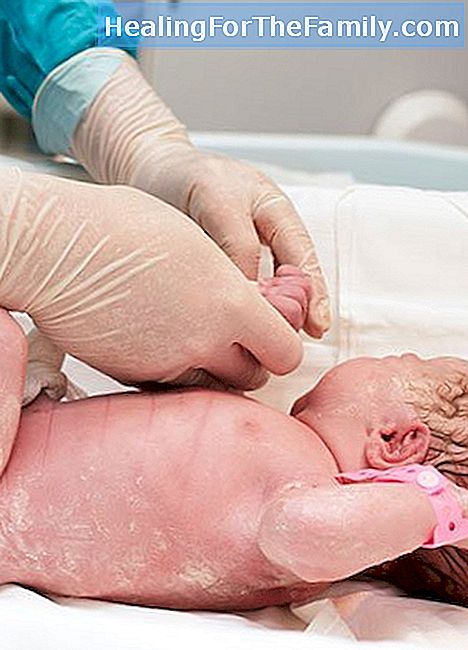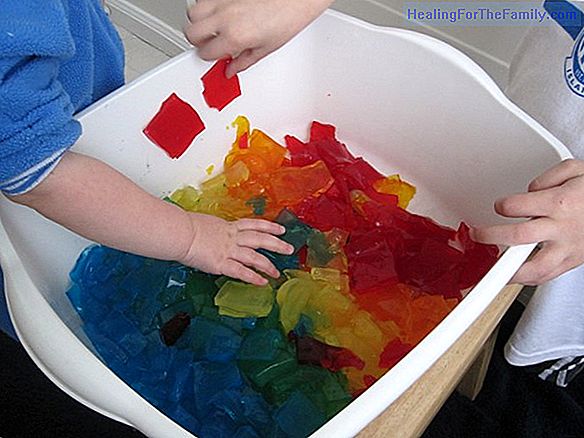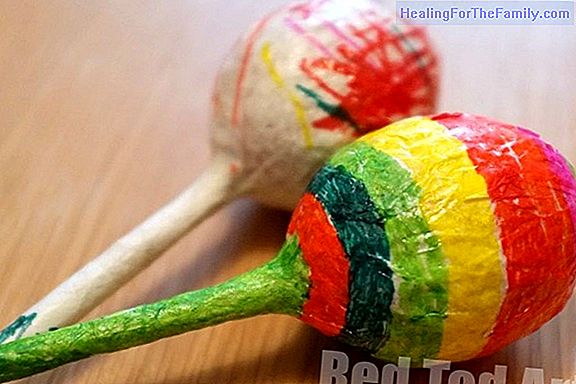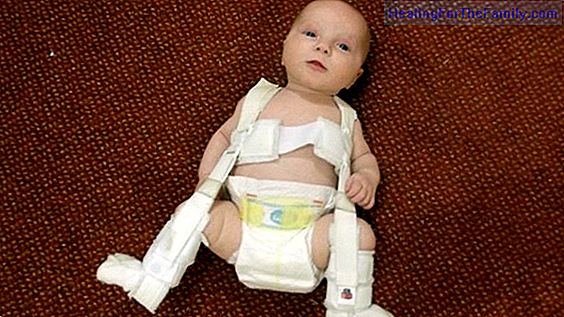What is the vernix caseosa of the newborn
Babies are not born rosy, but covered by a whitish and sticky substance. Many parents are surprised to see it. It is called vernix caseosa , and is like a layer of fat that adheres to the skin of the newborn and also has a certain function. What exactly is the vernix caseosa used for? What is this s
Babies are not born rosy, but covered by a whitish and sticky substance. Many parents are surprised to see it. It is called vernix caseosa, and is like a layer of fat that adheres to the skin of the newborn and also has a certain function. What exactly is the vernix caseosa used for? What is this substance made of? When should the baby be cleaned to get rid of it?
What is the vernix caseosa in the newborn

The vernix caseosa is a natural white or grayish substance that covers the baby's skin when it is born. It is also known as sebaceous . The word comes from the Latin: 'vernix', which means varnish, and 'caseous', which means cheese. That is, thevernix caseosa comes to be a 'varnish' of texture similar to cheese. This substance is composed of
water (80%), fat (10%) and proteins (another 10%), and it begins to form after 20 weeks of gestation. It is a mixture of sebum ,lanugo (very fine hair) and skin cells skinned baby. It accumulates mainly in the back and the folds of the extremities of the newborn .What is the vernix caseosa of the baby? This substance has a mission: to protect the delicate
skin
of the baby . Keep in mind that there are irritating substances in the uterus, such as amniotic fluid. The vernix caseosaprotects the baby's skin during pregnancy from dehydration, isolates it from humidity and cold, and as soon as it is born, it acts as a barrier against possible infections and helps to maintain its constant temperature. It also helps at the time of expulsion by making it slide better through the birth canal . However, not all babies are born withvernix caseosa
. From the 36th week of gestation, its production decreases. That's why most babies born before week 38, have more vernix caseosa than those born at term. When can the vernix caseosa be cleaned in the baby?The Doctor
Angela Hernández Martín
, a dermatologist at the Hospital Niño Jesús, recommends 'keeping this substance in contact with the skin of the child during the first days after birth', especially for its protective function. In fact, the doctor points out that there is not a specific day to bathe the baby, but it is better to let the vernix caseosa go away on its own (since the skin reabsorbs it). So he recommends 'at least leave for a week, a prudent number of days, to keep thechild with his natural protection'.












